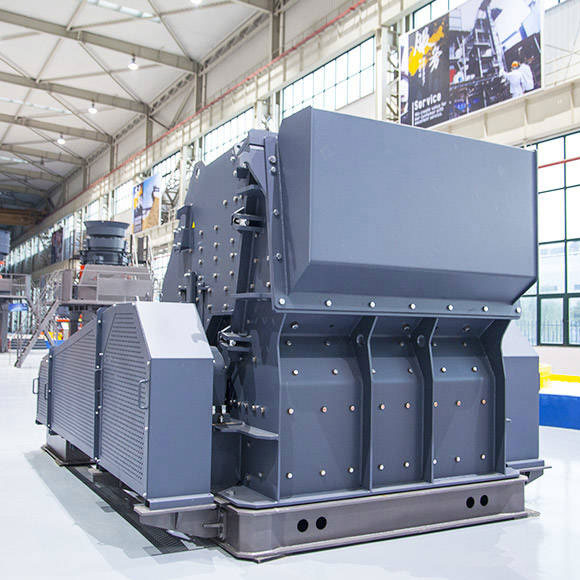Impact stone crusher installation plant design refers to the process of configuring, constructing, and laying out the machinery and equipment of an impact stone crusher for the production of crushed stones. This design process includes determining the requirements, setting up the machinery, and integrating the plant’s components to ensure efficient and effective operation. I will outline the key factors involved in the installation and design of an impact stone crusher plant.
Firstly, a comprehensive analysis of the site conditions is essential. This includes studying the geology, topography, and accessibility of the site. The geology helps determine the type of rocks and minerals present, which influences the design of the crusher and the selection of suitable equipment. The topography affects the layout and positioning of the plant components, while accessibility ensures that transportation of materials and equipment is feasible.

Secondly, the production requirements must be defined. This includes determining the desired output capacity, product size, and quality. The capacity is usually measured in tons per hour and determines the size and number of crushers required. The product size and quality depend on the end use and market demand. These factors guide the selection of the appropriate crushers and screening equipment to achieve the desired specifications.
Thirdly, the design of the plant layout is crucial. It involves positioning the crushers, screens, conveyors, and other equipment in an optimized configuration. The layout should minimize material handling and ensure a smooth flow of materials throughout the plant. Adequate space must be allocated for stockpiling of raw materials and finished products. Safety considerations, such as access points, emergency exits, and fire protection, should also be integrated into the design.
Moreover, the selection of suitable equipment is a critical aspect of plant design. The impact stone crusher, as the primary crushing equipment, should be selected based on factors such as the hardness and abrasiveness of the materials to be crushed, the required capacity, and the final product size. In addition to the crusher, other equipment such as screens, feeders, and conveyors need to be carefully selected to ensure efficient and reliable operation.
Furthermore, environmental considerations play an increasingly important role in the design of stone crusher plants. Measures should be taken to minimize dust emissions, noise pollution, and the impact on local ecosystems. Dust suppression systems, enclosure of crushing units, and proper ventilation are some of the strategies that can be employed to mitigate environmental impacts. Compliance with local regulations and obtaining necessary permits are also essential aspects of the design process.
Lastly, the installation and commissioning of the plant should be carefully planned and executed. This involves preparing the site, setting up the equipment, and conducting tests to ensure proper functioning. Adequate training should be provided to the operating personnel to ensure safe and efficient operation of the plant. Regular maintenance and monitoring programs should also be established to prolong the lifespan of the equipment and optimize its performance.
